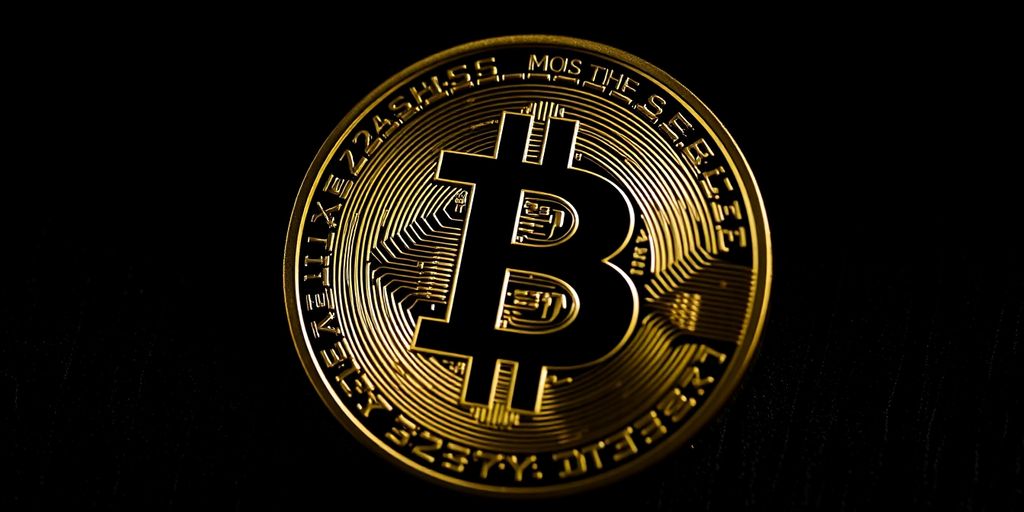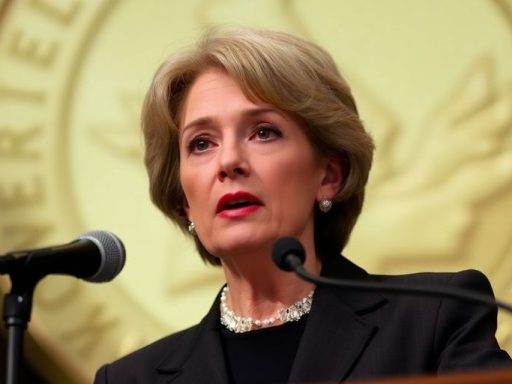Bitcoin (BTC) has recently surged to nearly $98,000, driven by strong institutional demand and significant inflows into spot exchange-traded funds (ETFs). However, futures traders are exercising caution, reflecting concerns over macroeconomic factors and global trade tensions that could impact the cryptocurrency’s rally.
Key Takeaways:
- BTC reached $97,900 due to soaring institutional investor demand, but futures pricing shows traders aren’t confident in a sustained rally.
- Macroeconomic risks and global trade tensions cap bullish sentiment despite $3.6 billion in spot BTC ETF inflows.
- BTC options lean bullish, suggesting big players expect upside, but their caution keeps leverage use low.
Recent Price Movements
On May 1, Bitcoin broke out of a tight trading range between $93,000 and $95,600, hitting its highest price in ten weeks at $97,930. Despite this upward movement, sentiment remains neutral according to BTC derivatives indicators. The recent price action coincides with significant net inflows into U.S. spot Bitcoin ETFs, indicating growing interest from institutional investors.
Economic Concerns Impacting Sentiment
Traders are expressing disappointment due to ongoing global tariff disputes, which are beginning to affect macroeconomic data. Concerns about a potential economic recession are limiting Bitcoin’s price performance, reducing the likelihood of it reaching $110,000 or higher in 2025.
Futures Market Analysis
The annualized premium for Bitcoin’s two-month futures has remained between 6% and 7% over the past week, indicating a neutral sentiment among traders. This is a decline from January when the futures premium was above 10%, suggesting a decrease in optimism regarding further price gains toward $100,000 and beyond.
Gold’s Performance vs. Bitcoin
Some market participants are worried about gold’s recent 20% rally, which has overshadowed Bitcoin’s modest gains. While Bitcoin has surpassed silver’s market capitalization to become the seventh largest global tradable asset, gold’s surge to a massive $21.7 trillion valuation raises concerns about Bitcoin’s appeal as "digital gold."
ETF Inflows and Market Dynamics
The $3.6 billion in net inflows to U.S. spot ETFs over the past two weeks may be driven by delta-neutral strategies, reflecting Bitcoin holders moving to listed products or using derivatives for hedging. This scenario suggests that the direct impact on Bitcoin’s price could be limited, consistent with its modest 5% gain during this period.
Options Market Insights
To gauge professional traders’ comfort with Bitcoin around $97,500, it’s essential to examine the BTC options market. The current 25% delta skew metric is near its lowest level since February 15, indicating that whales and market makers are assigning higher odds to further upside. This marks a reversal from three weeks ago when put options traded at a premium.
Conclusion
Overall, Bitcoin derivatives indicate moderate optimism among traders, who generally expect further price gains but are refraining from using leverage. This cautious approach may create ideal conditions for a surprise rally, especially since the retest of $74,500 on April 9 did not significantly affect BTC derivatives. The ongoing U.S.-China trade tensions remain a critical factor influencing Bitcoin’s performance, as it continues to track movements in the S&P 500. While this environment may prevent Bitcoin from reaching a new all-time high in the near term, the current sentiment in BTC derivatives leans slightly in favor of the bulls.








